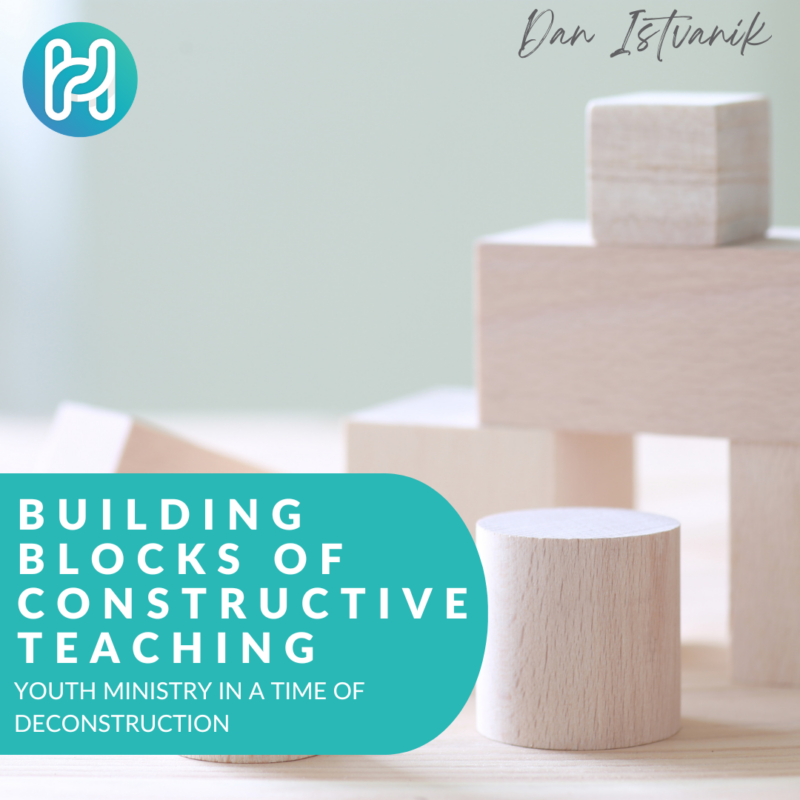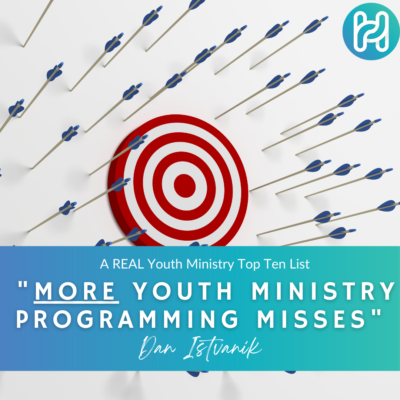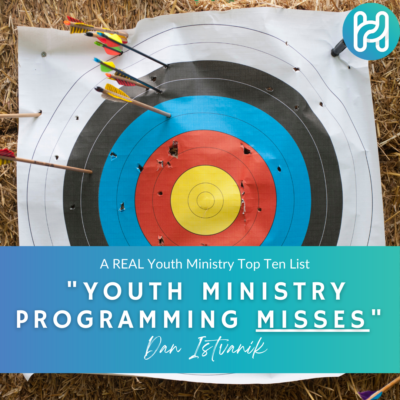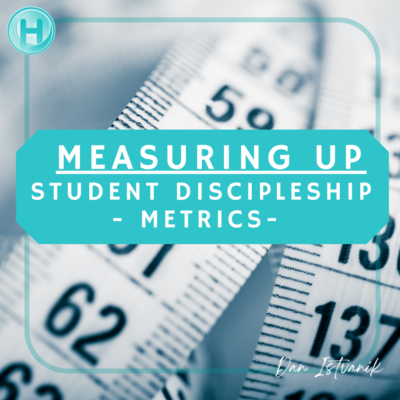Youth Ministry Thoughts
Building Blocks of Constructive Teaching
Building Blocks of Constructive Teaching, as we face a continued conversation about the deconstruction of faith.
Maybe it is time we, in youth ministry, reclaim our place in the conversation and actually claim our place pre-deconstruction. Is it possible that the seeming flood of well-known Christian voices grew up in an era of youth ministry that was not constructing strong faith to start with? Think about musicians, authors, and speakers that were the “Christian Celebrities” of youth ministry a generation ago. Now think about that era of youth ministry and church. May I suggest that teaching and discipleship were not being built block by block, constructing a faith that would be hard to deconstruct?
We NEED to teach lessons that last and become foundations for life. In order for us to do that, we must create youth ministry environments and lessons that give students the building blocks to construct for themselves the truth that will last for a lifetime. Faith that can not easily be “deconstructed”!
I am not talking about the lesson that is a “pick and choose what I like and don’t like” model of teaching truth. I am rather talking about an intentional approach that is less “preacher” and more “teacher.” I am talking about an INTENTIONAL scope and sequence map of teaching. It is an educational model and approach that allows us to come beside, lead, and teach while handing off unchanging truths.
THIS IS AN IDEA CALLED “CONSTRUCTIVISM.”
Allow me to bore you for a moment with a brief explanation.
“Constructivism” is a philosophy of education that tries to define how knowledge is constructed in the mind of a learner when new information comes into contact with existing knowledge that had been developed by previous experiences. At the core of constructivism is the idea that a teacher must understand the way knowledge is created in order to adapt it to the world of the student. It’s based on the idea that a teacher uses “constructs” (or building blocks) of discovery, hands-on, experiential, collaborative, project-based, and task-based learning to engage knowledge.
It is not that we do not do this already, but we need to fully name and claim this in our ministries. After finishing a master’s in middle school education a few years ago, I completely understand and embrace this in my approach to my teaching and lesson preparation.
CREATING A TEACHING MODEL THAT’S BUILT TO LAST
Here’s how to do it. Begin to ask simple questions about what you are about to teach, like:
• What do I want my students to discover on their own, and what do I want to teach from the front?
• What are the ways I could teach the contents of this lesson kinesthetically, through physical activity or game that would further solidify this information in my student’s minds?
• How would I like my students to experience this truth both during the lesson and teaching time and later on in the ministry year? (Like with retreats, events, trips…)
• When would be a good time for me to stop or pause in teaching, to allow students to collaborate in “teaching each other” this truth?
• How am I taking what I am teaching and allowing students an opportunity for “high end” thinking through direct application in projects, tasks, or other ways of practicing this idea?
But beyond these educational building blocks, what are the spiritual building blocks that will help us (as communicators) construct teaching that is B-U-I-L-T to last?
B: The Bible
The Bible, of course, is our foundation for truth and our lessons, but are we successfully handing Scripture off to our students? We prepare “talks” for our middle schoolers, and, well, that is what they are – us talking. Be aware of how easy it is for us to drift toward delivering sermons instead of actually teaching. It is easy to be a preacher at the front telling students what the Bible says. It’s more difficult to help students discover for themselves what the Bible says. In order for our lessons and the truth of God’s word to last, it has to become personal and real to them.
Collaborative learning is the basis of how our students are educated at school, and for a good reason! This method needs to be a building block in our ministries as well. The majority of youth ministries have embraced small groups because students need to be in a place where adults lead students in working together to discover the truth. This is not about defining their own truth or learning the truth from the biggest mouth in the room. Instead, it’s about being allowed to take the pieces they have been given and, together, form truth for themselves. We are the “body,” and we need to allow each part to work to strengthen the others.
Initially, it may seem like “intelligence” isn’t a spiritual issue but an educational one. But we are created in the image of God, and that includes our intelligence and the stewardship of our intelligence. If we want to help students build something that is going to last, we must incorporate high-end thinking and processing into what we do. The middle school years are the years of transition intellectually. Our students are moving from concrete to abstract thought. They need to be challenged to wrestle, question, think, and then apply.
L: Love
If we are talking about building a building, love is the cement that holds it all together. It is the old adage, “They don’t care how much you know until they know how much you care.” After the specifics of exactly what we’ve said are forgotten, the relationships and love behind them will remain. When we not only teach our middle schoolers but cement our teaching with love and relationships, the things they learn will go deeper.
T: Time
Only time will tell if what we try to teach our students will really last, but how we spend our time right now will also be a good indication. I’m not just talking about the time we spend in the office preparing what we’re going to teach, but also the time we spend outside the office and down in our seats. As much as we can’t rush through our teaching outlines or hurry along with a discussion in a small group setting, we must put in the time to teach by being present and patient in the lives of students.
My prayer for you is the discovery of your own style as you make this your own. Beyond educational theories or thoughts are flesh-and-blood students with hearts seeking the truth. That is what’s going to be constructed for a lifetime and into eternity.




